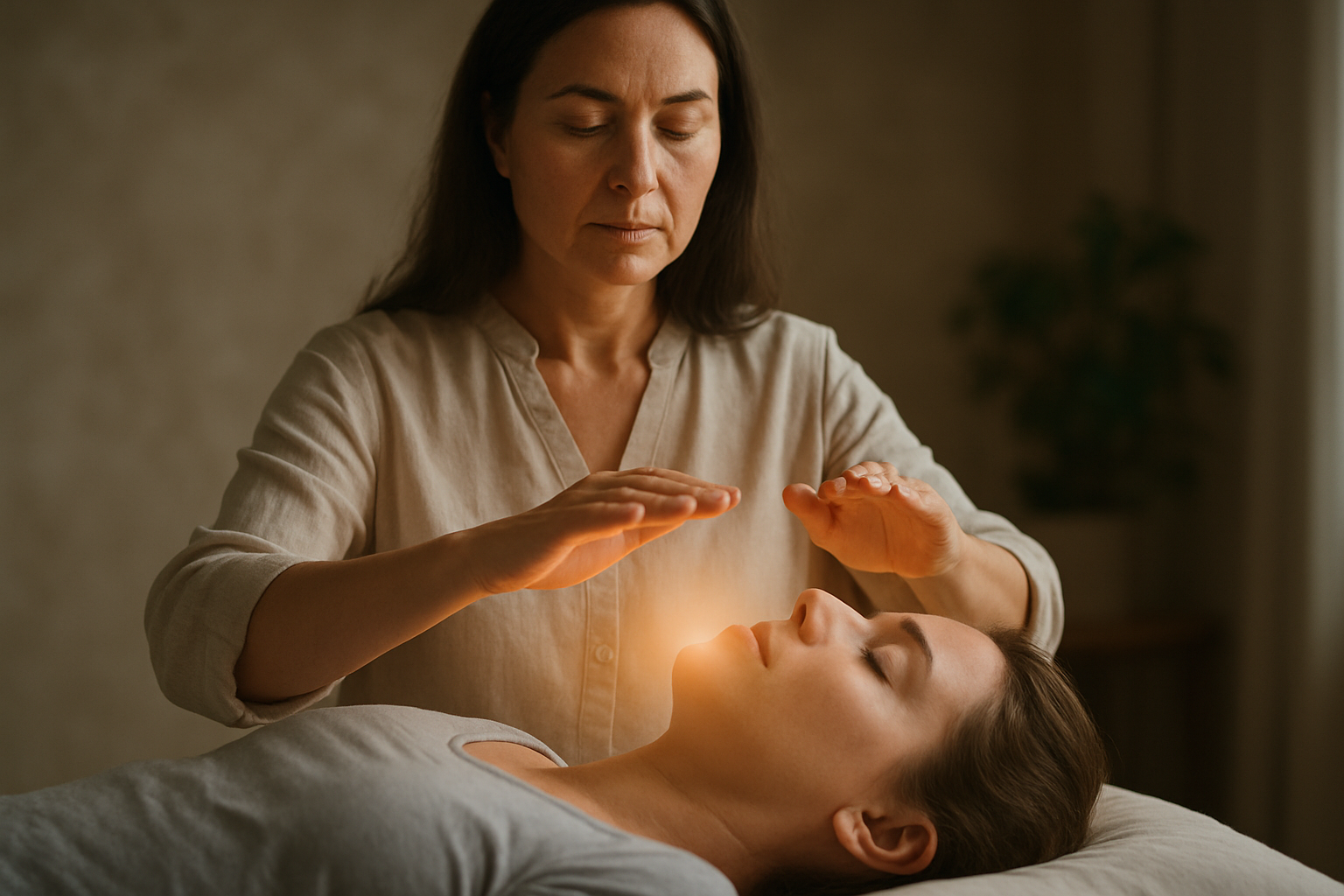Chromotherapy: The Science of Color Healing in Wellness
In the ever-evolving landscape of beauty and fitness, a captivating trend is emerging that blends ancient wisdom with modern science. Chromotherapy, also known as color therapy, is gaining traction as a holistic approach to wellness that harnesses the power of light and color to promote physical, emotional, and mental well-being. This innovative technique is capturing the attention of spa-goers, fitness enthusiasts, and health-conscious individuals alike. As we delve into the world of chromotherapy, we'll explore its rich history, scientific foundations, and the myriad ways it's being integrated into contemporary wellness practices.

Despite its ancient origins, chromotherapy fell out of favor with the rise of modern medicine. However, the 20th century saw a resurgence of interest in color therapy, particularly with the work of Dinshah Ghadiali, an Indian-American scientist who developed a comprehensive system of color healing in the 1920s. Ghadiali’s work laid the foundation for many contemporary chromotherapy practices and sparked renewed scientific interest in the field.
The Science Behind Color Therapy
At its core, chromotherapy is based on the principle that different colors correspond to specific wavelengths of light, which can have varying effects on the human body and mind. Each color is believed to resonate with different energy centers or chakras in the body, influencing physiological and psychological processes.
Recent scientific studies have begun to shed light on the mechanisms behind chromotherapy. Research has shown that exposure to different colors can affect brain activity, hormone production, and even cellular function. For example, blue light has been found to suppress melatonin production, making it useful for treating seasonal affective disorder and regulating circadian rhythms. Conversely, red light has been shown to stimulate collagen production and promote wound healing.
Chromotherapy in Modern Wellness Practices
The integration of chromotherapy into contemporary wellness routines is multifaceted and increasingly sophisticated. High-end spas and wellness centers are incorporating color therapy rooms, where clients can immerse themselves in specific light frequencies for therapeutic purposes. These rooms often feature programmable LED lighting systems that can create custom color sequences tailored to individual needs.
In the realm of skincare, chromotherapy-inspired LED face masks have become a popular at-home treatment. These devices use different colored lights to target specific skin concerns: red for anti-aging, blue for acne-fighting, and green for hyperpigmentation. The beauty industry has embraced this trend, with major brands developing color-therapy-infused products and treatments.
Color Psychology in Fitness Environments
The fitness industry is also tapping into the potential of chromotherapy. Innovative gyms and studios are designing spaces with color psychology in mind, using specific hues to enhance workout experiences. For instance, energizing reds and oranges are often used in high-intensity workout areas to boost motivation and performance, while calming blues and greens are preferred in yoga and meditation spaces to promote relaxation and focus.
Some cutting-edge fitness centers are taking this concept further by offering chromotherapy-enhanced workout classes. These sessions combine carefully curated color sequences with specific exercises, aiming to optimize both physical and mental performance. For example, a “blue room” cycling class might focus on endurance and mental clarity, while a “red room” HIIT session could emphasize power and intensity.
The Role of Chromotherapy in Mental Health and Well-being
Beyond its applications in physical fitness and beauty, chromotherapy is gaining recognition for its potential benefits in mental health and emotional well-being. Color therapy is being explored as a complementary treatment for conditions such as anxiety, depression, and stress-related disorders.
Some mental health professionals are incorporating color therapy into their practices, using it as a tool for relaxation, mood regulation, and emotional processing. For instance, exposure to soft pink light has been associated with feelings of calmness and reduced aggression, making it a popular choice in therapy settings and even some correctional facilities.
Chromotherapy and Sleep Optimization
As sleep quality becomes an increasingly important aspect of overall wellness, chromotherapy is finding its way into bedroom design and sleep technology. Smart lighting systems that mimic natural light cycles are becoming more prevalent, allowing users to program their home lighting to support healthy circadian rhythms.
Some sleep specialists are recommending chromotherapy-inspired routines to improve sleep quality. This might involve exposure to warm, amber-toned light in the evening to promote melatonin production, followed by a gradual transition to cooler, blue-toned light in the morning to aid wakefulness and alertness.
The Future of Chromotherapy in Wellness
As research in the field of chromotherapy continues to evolve, we can expect to see even more innovative applications in the wellness industry. Wearable technology incorporating color therapy principles is on the horizon, with prototypes of light-therapy glasses and clothing already in development.
The integration of chromotherapy with other wellness practices, such as sound healing and aromatherapy, is also an exciting area of exploration. These multi-sensory approaches promise to offer more comprehensive and personalized wellness experiences.
As with any emerging wellness trend, it’s important to approach chromotherapy with a balanced perspective. While the potential benefits are intriguing, more rigorous scientific research is needed to fully understand its effects and optimal applications. Nonetheless, the growing interest in chromotherapy reflects a broader shift towards holistic, integrative approaches to health and well-being in the beauty and fitness industries.





